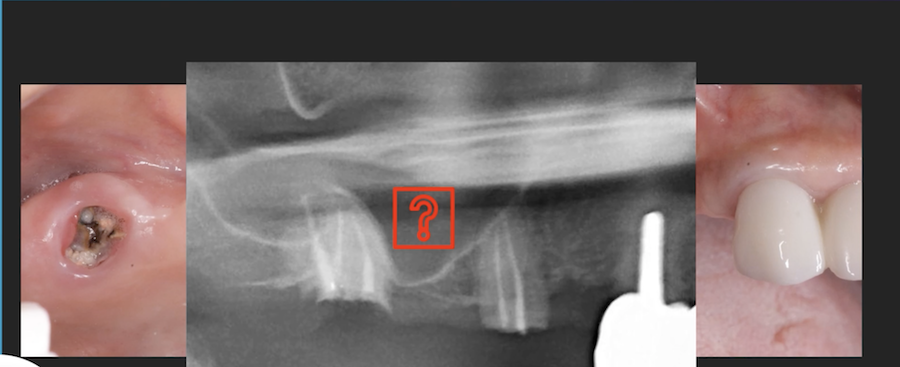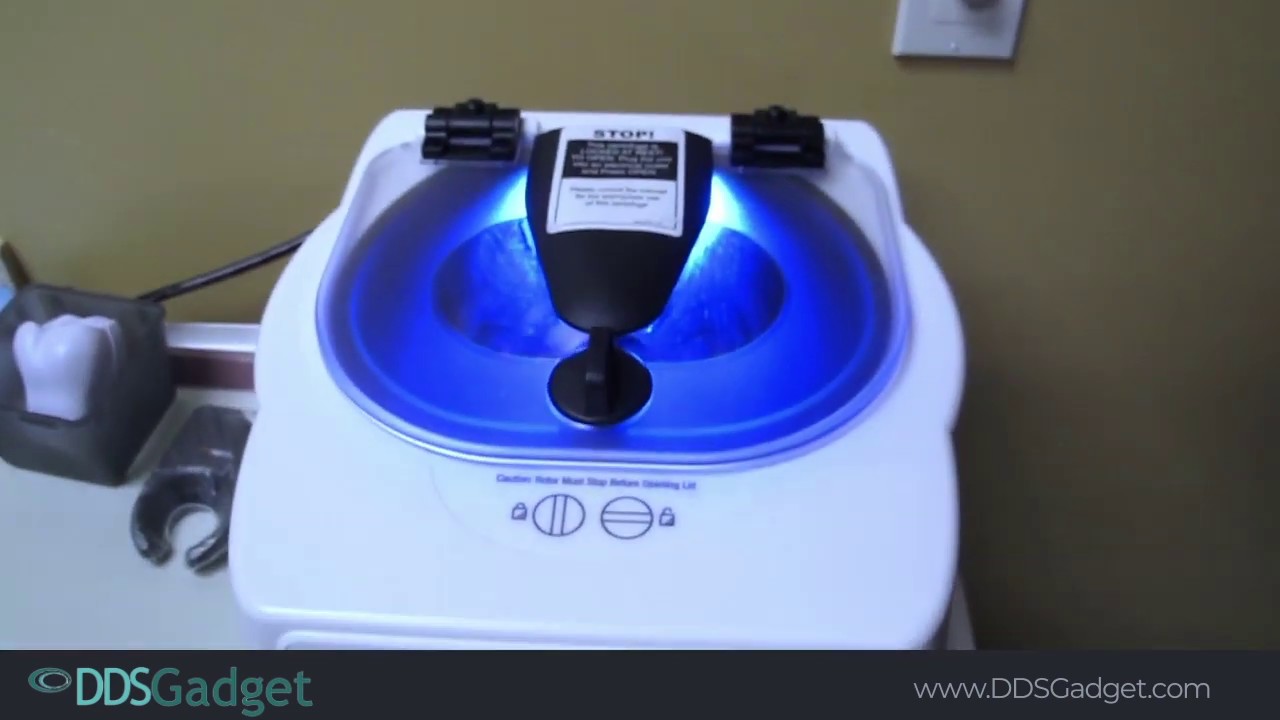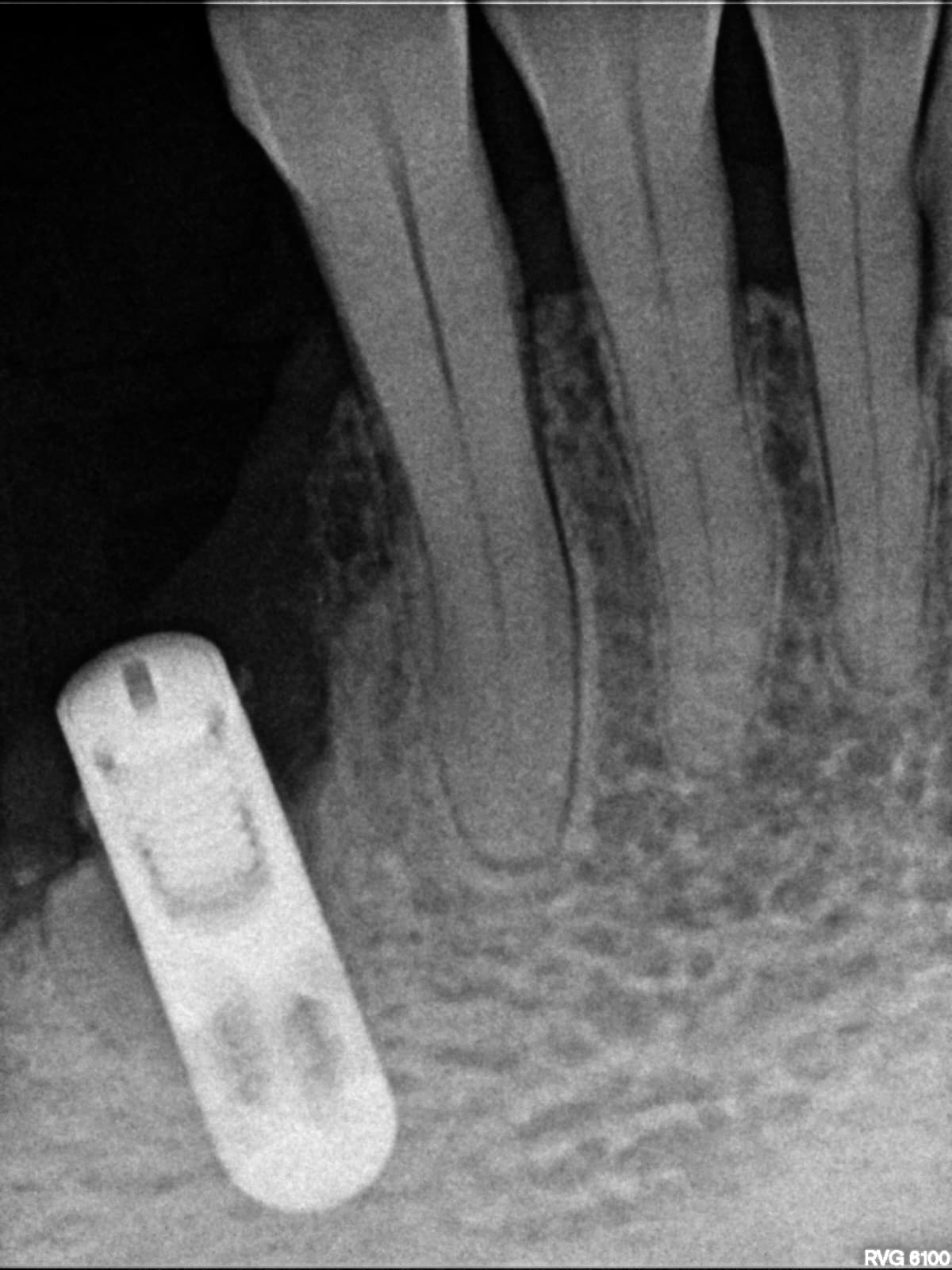Initial Lingual Die-Back Around the Gingival Margin Follow Up: Did the BioHorizon Laser-Lok Surface Help?
Dr. B comments,
This case is a follow up to an original case: Initial Tissue Die Back after Flapless Implant Placement Case: Suggestions?.
I recently restored the Biohorizons implant from the above posted case that had initial lingual die- back around the gingival margin immediately after placement. We treated conservatively with Periogard swabs of area 3 times a day for 4 weeks. The tissue came back nicely. I wonder to what degree the Laser-Lok [BioHorizon] surface played into this? How much of the success of this case can we attribute to the unique physical characteristics of the Laser-Lok surface? I have attached photographs of the area at 12 days, 4 weeks, 6 weeks, and then 6 months where we had nice healthy tissue grown up around the healing abutment.
12 Days Post Op
4 Weeks Post Op
6 Weeks Post Op
6 Months Post Op


















